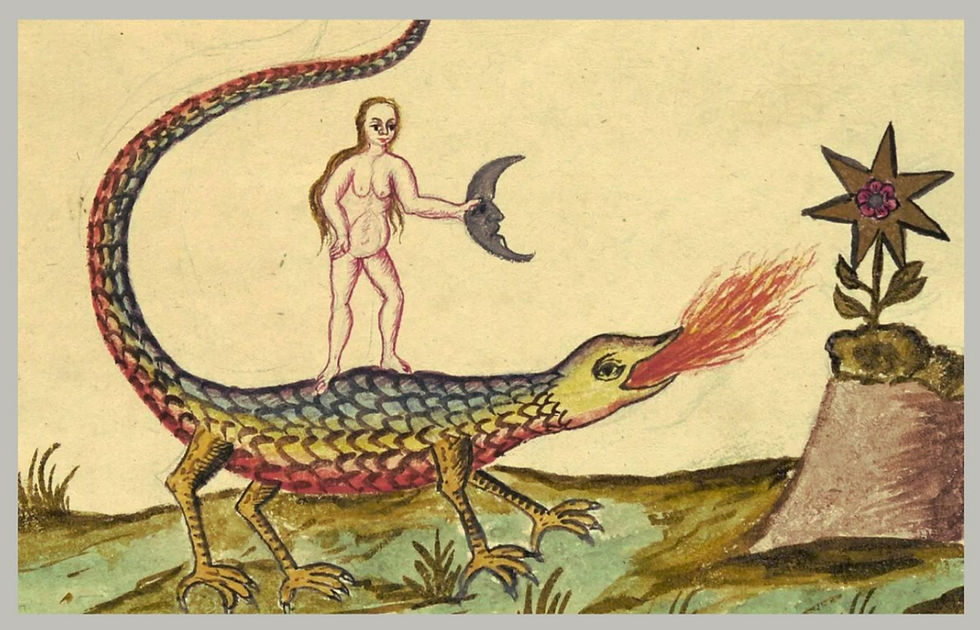Disliked but Watched
- Ekta Kumar
- Sep 6, 2022
- 3 min read
Communication in the modern world is a complex beast. In any case it has never been easy to understand one another, the internet has made it much worse.

We are trying to talk to each other in so many ways. There was a time when it was limited to what we said, and how we said it. But that has changed, on many different levels. Sometimes it can get fairly complicated.
The trailor for the film Sadak 2 has gathered over 8 million dislikes on YouTube. The barrage of thumbs down has pushed it up to the list of the top ten most disliked videos of the world. What does that mean.
I don’t think it implies that all those 8 million people ‘dislike’ the trailor. There are many, who by their own admission, have not even seen it. The most obvious conclusion is that people are using it as a tool to express their anger, and carry forward the nepotism debate. The original intent of that button was to provide viewer feedback on content, but that is not necessarily always the case.
The same dislike button can have many implications depending on where and how it is used. And it is upto us to hear what is being said. Some of the world’s most disliked videos are also the most watched. So what does it really mean when there are millions clicking on it.
For popular and controversial gamer PewDie, the dislike button is a way for millions of his followers to show their support for him. He asked his fans to do it – ‘Can this video get one million dislikes?’ and the answer was an overwhelming (4.8 million) yes. Pop singer Justin Beiber song ‘Baby’ got 14 million likes, over 11 million dislikes and 2.3 billion views. How do you figure that. A children’s song ‘Johny Johny Yes Papa’ has 6.5 billion dislikes, but has been watched 3.7 billion times. Children love repetition and never seem to tire of their favourite song. Who knows who is clicking the button – playful kids or their annoyed parents who can’t bear to listen to it, ‘one more time’.
YouTube is a giant platform that can help creators make their voices heard. But reactions from viewers play a huge role in how YouTube promotes their content. A large number of dislikes prevents the video from showing up in recommended lists, and can potentially limit viewership. There has been much debate around allowing negative feedback. It is a complicated issue as removing the button is not a democratic option, and keeping it means allowing it to be potentially used as a tool of abuse. YouTube is actively looking for a way to contain ‘dislike mobs’ who have in some sense weaponised the button. That is what we are seeing with Sadak 2.
Sushant Singh Rajput’s death triggered the conversation about nepotism. It touched a raw nerve with millions across the country. It has been several weeks since then but the collective anger refuses to die down. In a country like ours, where success is elusive and almost all of us have a story of struggle, heartbreak and missed opportunities, it is easy to understand where these strong emotions come from. But what is interesting is how our society is reframing rules and finding new ways to express their angst and their grief. Even if it means just a click. When millions do it together, they are bound to be heard. There is a collective power of a mob that cannot, and will not be denied.
Disliking the trailor of Sadak 2 is a mark of protest. A point I think, that has been noted. But what next. Will it change casting for the next film. Will it give a newcomer another chance. Will it change release dates. Will there be apologies. Will this spillover to other industries. Do we as individuals feel more powerful. Can this be a harbinger of social justice. I’m asking questions that have no real answers. The big one really is – Will they watch the film when it releases. A lot depends on that.



Comments